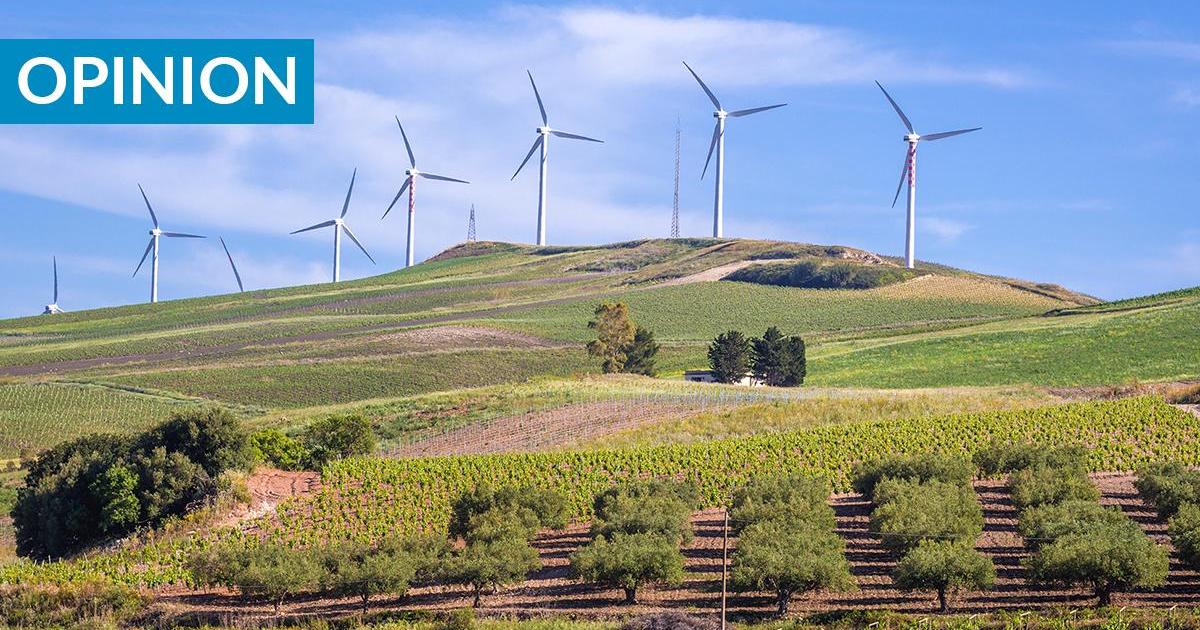Malta recently unveiled its ambitious vision for the next 25 years, aiming to triple the size of our economy by 2050. This is a bold and inspiring target, sparking excitement about the prosperity and opportunities it could bring to all who call Malta home.
But achieving this scale of expansion comes with complex challenges, among them ensuring that economic growth is matched by improvements in quality of life.
Rather than relying on rapid population increases, Malta must foster inclusive, intelligent growth that builds on our strengths. Innovation, education and sustainable practices should be our guiding principles. With the right investments, we can attract high-quality industries, develop future-facing sectors and empower citizens, all while protecting our environment and enhancing well-being.
To realise this vision, I propose a path built around four essential pillars: environment, education, economy and energy. With careful stewardship of each, we can unlock Malta’s full potential and build lasting progress.
Environment: If Malta is to accommodate further population growth, we must move towards more high-rise buildings, strategically located in designated urban areas. These should be paired with modern infrastructure and aligned with community needs and aesthetics.
Green belts and lungs should be clearly demarcated, with strict planning zones imposed for 25 years, during which their green footprint remains untouched.
With road networks already saturated, Malta will inevitably need a mass-transit system, combining light rail (trams) and maritime transport to manage population density and reduce congestion.
Meanwhile, as Malta International Airport further expands its capacity to meet increasing numbers of tourists, it should consider a second terminal servicing long-haul routes – particularly to the Middle East and Far East – to enhance global connectivity.
Above all, our environment, culture and heritage must be protected if we are to retain a sense of identity. This is already under pressure and risks further dilution. The government should make cultural heritage a cornerstone of tourism and strengthen collaboration with NGOs. This ensures that our historical assets are not just preserved but treasured as the islands’ golden eggs, attracting high-value tourists and reinforcing national pride.
Malta will inevitably need a mass-transit system, combining light rail (trams) and maritime transport
Education: As AI becomes more deeply integrated in daily life, our education system must keep pace. Children should be introduced to AI tools early and curricula must evolve to embed emerging technologies.
Continuous education is just as vital. Malta should provide upskilling opportunities and offer scholarships to outstanding foreign students. At the same time, tax incentives could attract top educators and professionals to our shores.
Personalised education programmes will ensure no one is left behind, giving people of all ages access to the tools needed to thrive in a changing world.
Economy: Perhaps the most important trait our economy will need is resilience to withstand the global shocks bound to occur over the next 25 years. Diversification across all economic sectors, including tourism and financial services, is key.
As mass-manufacturing declines across Europe, Malta must pivot towards a low-volume, high-value manufacturing regime, such as high-tech space technology. Furthermore, we should aim to pioneer a digital economy, anchored in AI, fintech, biotech and IP, all supported by a robust, future-ready education system.
As our population ages, we must keep the silver generation active and engaged. The government should open a discussion around gradually increasing the pensionable age and offering tax rebates for those who choose to keep working. Additionally, Malta could position itself as an attractive retirement destination for foreigners, on condition they contribute positively to the economy.
Energy: Malta has already taken important steps to upgrade its energy infrastructure but we must go further. By 2050, we should target a national energy capacity of 1.5 GW, powered by a mix of traditional and renewable sources.
One option is to lease land in Sicily for solar and wind farms, which would feed directly into Malta’s grid via the interconnector. This would diversify our energy supply and reduce vulnerability.
Households, especially apartment blocks, that cannot generate their own power should be given the opportunity to buy solar/wind rights in these farms.
Last but not least, by 2050 Malta’s demographic profile will reflect a broader trend, leaning heavily towards an ageing population. Advances in healthcare and surgical interventions will place increasing demands on our health system.
Malta wears its health service as a badge of honour, and increased investment in both primary and secondary healthcare is imperative to maintain our standards of excellence.
Our ambition should be for Malta to become one of the world’s blue zones, reducing deaths under the age of 50 by 50 per cent by 2050. This is not just a health target but a democratic imperative, preserving human potential, promoting equity and strengthening the social contract that will make Malta thrive.

Kristian Zarb Adami is an astrophysics professor at the University of Malta and the University of Oxford.
